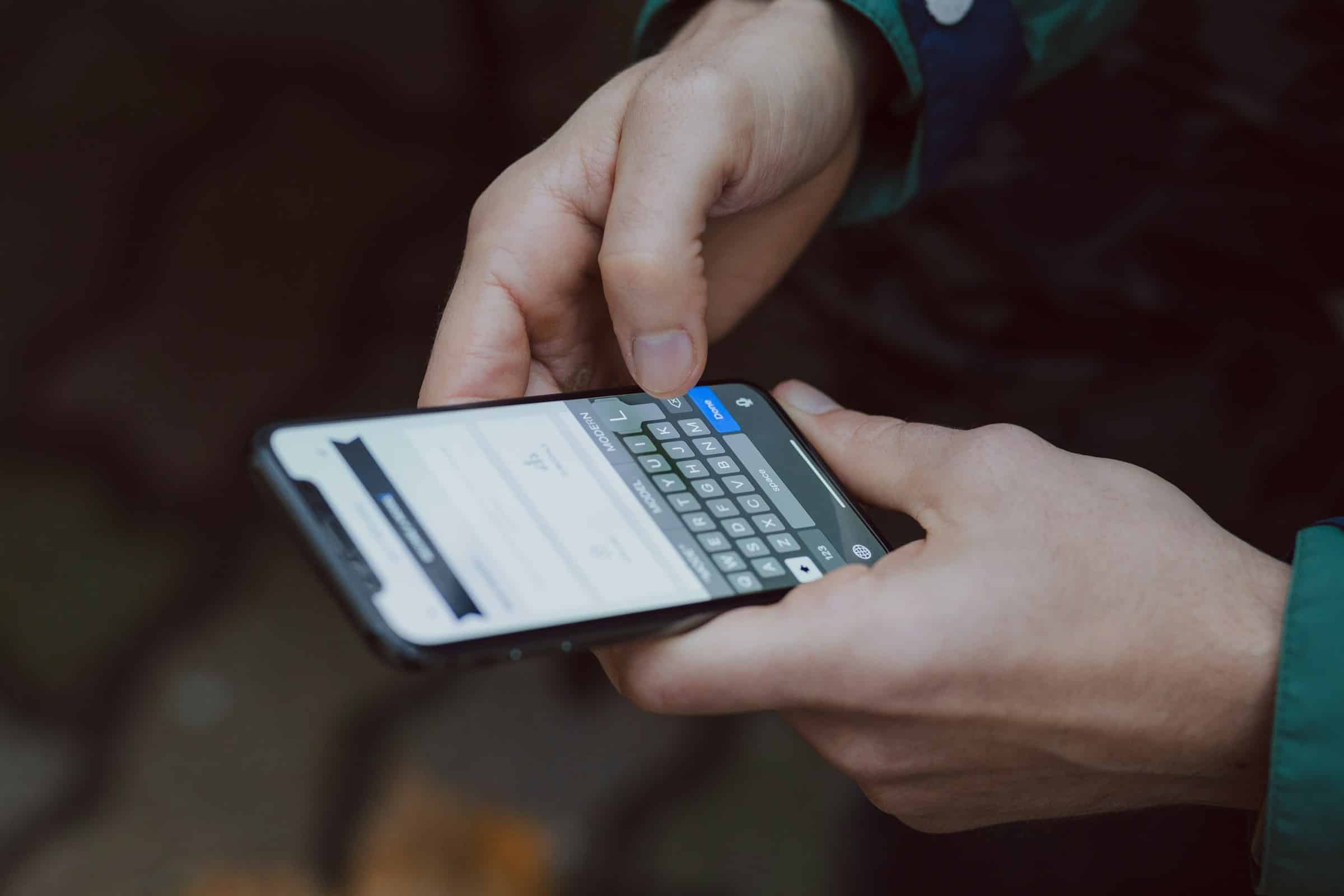The rise of technology has drastically altered our everyday lives, making tasks more convenient and accessible than ever before. One such modern convenience is mobile banking – the ability to manage your money right from your smartphone. However, with convenience comes risk, especially with sensitive data, such as your bank account information. Therefore, it’s crucial to understand how to securely use your mobile banking apps. In this article, we’ll guide you through the process of using your smartphone for secure online banking, ensuring your accounts are safe.
Choose the Right Mobile Banking App
Just as there are numerous brick-and-mortar banks, there is an extensive range of mobile banking apps available for your smartphone. Choosing the right one is the initial step towards securing your online banking. But what should you consider when deciding on an app?
Lire également : What Are the Effective Ways to Use Smartphones for Remote Learning?
A significant aspect to contemplate is the credibility of the app. You should choose a mobile banking app from your bank, which was made by the folks who handle your money daily. It’s also wise to check the app’s reviews to see if other users have faced any security issues. Make sure the app is compatible with your device and its operating system, whether it’s an Android, iOS or any other.
Set Up Your Mobile Banking Account
Once you’ve chosen the appropriate app, it’s time to set up your mobile banking account. This involves a process that requires a few essential elements to ensure your account’s security.
A voir aussi : Can You Use Your Smartphone to Monitor and Control a Smart Refrigerator?
The first step is to install the app on your smartphone. After this, you’ll need to create a unique username and a strong password. It’s crucial to pick a password that’s hard to guess – a mix of letters, numbers, and special characters usually works best.
Make sure to enable two-factor authentication (2FA) if your bank offers it. 2FA provides an extra layer of security by requiring a second form of identification beyond just your password. This could be a code sent to your phone or email.
Understand the Features
After creating your account, familiarize yourself with the app’s features. Most mobile banking apps allow you to check account balances, view transaction history, transfer money, and even deposit checks.
It’s worth noting, however, that not all apps will offer the same features. The availability of specific functions may vary depending on the bank and the type of accounts you have. Understand which services your app offers and ensure they meet your banking needs.
Manage Your Mobile Banking Security
Managing the security of your mobile banking app is crucial. This involves making sure that your personal and financial data are protected from potential threats.
Start by regularly updating your app. Updates often contain security enhancements that protect against new threats. Additionally, use a secure Wi-Fi or cellular network when banking online. Public Wi-Fi networks can be insecure, allowing others to access your information.
You should also frequently monitor your accounts for any suspicious activity. If you notice anything unusual, contact your bank immediately. Some banks offer alerts that notify you of unexpected account activities.
Stay Informed About Mobile Banking Risks
As beneficial as mobile banking can be, it’s important to be aware of its potential risks. Hackers continuously seek ways to access personal and financial data, and mobile banking apps are not immune to these threats.
Fraudulent apps that mimic legitimate banking apps can trick you into revealing your personal information. Be wary of links sent via text or email that prompt you to enter your banking information. These could be phishing attempts designed to steal your data.
Always remember, secure online banking is an ongoing process. Stay informed about the latest scams and learn how to protect yourself. By doing so, you can enjoy the convenience of mobile banking without compromising your banking security.
Make the Best Use of Mobile Check Deposit
Mobile check deposit is one of the most convenient features offered by banking apps. It allows you to deposit a check using your phone’s camera, saving you a trip to the bank. However, using this feature securely requires some attention.
Once you’ve signed your check, open your bank’s app on your device and look for the “deposit” function. This will usually be located in the app’s menu or on the dashboard. Here, you’ll be asked to enter the amount of the check and select the account in which you want to deposit the funds.
Next, you’ll need to take photos of both the front and back of your check. Make sure the images are clear and legible before submitting. Once you’ve done this, confirm the details and submit the deposit.
It’s important to note that after the deposit is accepted, you should keep your physical check for at least two weeks in case any issues arise. After this period, it’s a good practice to shred the check to protect your banking information.
Be cautious about where and when you deposit your checks. Avoid public Wi-Fi networks, as they may not be secure. Using your smartphone’s data or a trusted Wi-Fi network can help prevent unauthorized access to your account.
Protect Your Mobile App from Unauthorized Access
Protecting your banking app is just as crucial as protecting your physical bank card. There are several ways you can make sure your mobile banking app is safe from unauthorized access.
Firstly, always lock your phone. Whether you use a PIN, fingerprint, or facial recognition, ensuring that your device is secure is the primary line of defense against unauthorized access to your banking app.
Secondly, never share your banking app’s password or PIN with anyone. This may seem like common sense, but it’s worth repeating. Your password is the key to your financial kingdom – treat it with care.
Finally, if your phone is lost or stolen, notify your bank immediately. They can take steps to protect your account and prevent unauthorized access. Many banks also allow you to remotely wipe your smartphone, removing all personal data, including access to your mobile banking app.
Remember: mobile banking offers great convenience, but it’s in your hands to ensure that convenience doesn’t become a liability. By following these tips and staying vigilant, you can enjoy the benefits of banking on your phone without the worry.
In the era of digital transformation, it’s clear that the convenience of managing our finances through a mobile app has become a staple of everyday life. As our reliance on mobile banking grows, so does the importance of understanding how to use it securely.
When using your smartphone for online banking, keep your device and app updated, use a secure network, and regularly check your account for suspicious activities. Stay informed about potential risks and utilize available security measures like two-factor authentication.
With the right app from your bank, a secure setup, a clear understanding of your app’s features, and a cautious approach to mobile check deposit and app protection, you can confidently navigate the world of mobile banking. Protecting your financial data is an ongoing process, but with these steps, you can make the most of mobile banking’s convenience without sacrificing security.
Stay diligent, stay informed, and you’ll be able to keep your hard-earned money safe while enjoying the benefits of banking right from your phone.











